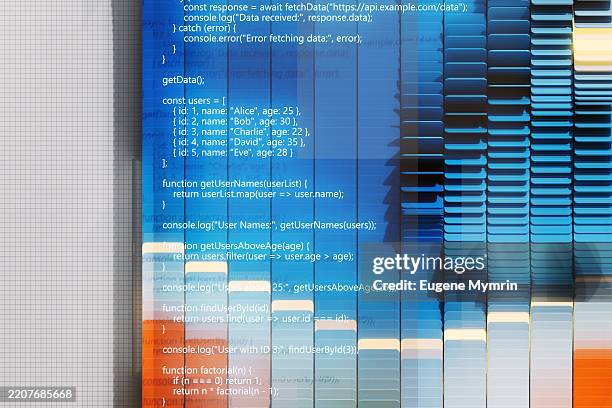Next-Gen React State Management with Zustand and TanStack Query
React state management has evolved significantly. While Redux once reigned supreme, lighter-weight solutions like Zustand and TanStack Query offer compelling alternatives, especially for modern React applications. This blog post explores how to leverage these libraries for efficient and scalable state management, focusing on their strengths and how they complement each other.
Concepts: Zustand and TanStack Query
Zustand is a small, fast, and scalable state management solution. It uses a minimalist approach, relying on a single store and immer for efficient updates. This simplicity makes it easy to learn and integrate. TanStack Query, on the other hand, is a powerful data fetching and caching library. It handles asynchronous operations, caching, background updates, and more, freeing you from boilerplate code. The combination of Zustand for application state and TanStack Query for data fetching provides a robust and efficient architecture.

Code Example: Fetching and Displaying Data
Let's build a simple example fetching a list of posts from an API. We'll use TanStack Query to fetch the data and Zustand to manage the overall application state (e.g., loading state, error handling).

Tips and Best Practices
• **Keep Zustand stores focused:** Avoid creating massive stores. Break down your state into smaller, more manageable units. • **Utilize TanStack Query's features:** Explore features like background updates, pagination, and infinite scrolling for optimized data handling. • **Error handling:** Implement robust error handling in both Zustand and TanStack Query to gracefully manage unexpected situations. • **Data normalization:** Normalize your data to avoid redundancy and improve performance. • **Testing:** Write unit and integration tests to ensure the correctness and reliability of your state management.

Conclusion
Zustand and TanStack Query offer a powerful combination for modern React state management. Their lightweight nature, combined with their robust features, makes them ideal for building scalable and maintainable applications. By following best practices and understanding their strengths, you can create efficient and enjoyable development experiences.
Comments
Post a Comment